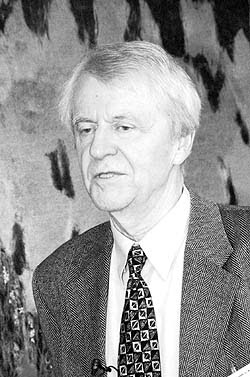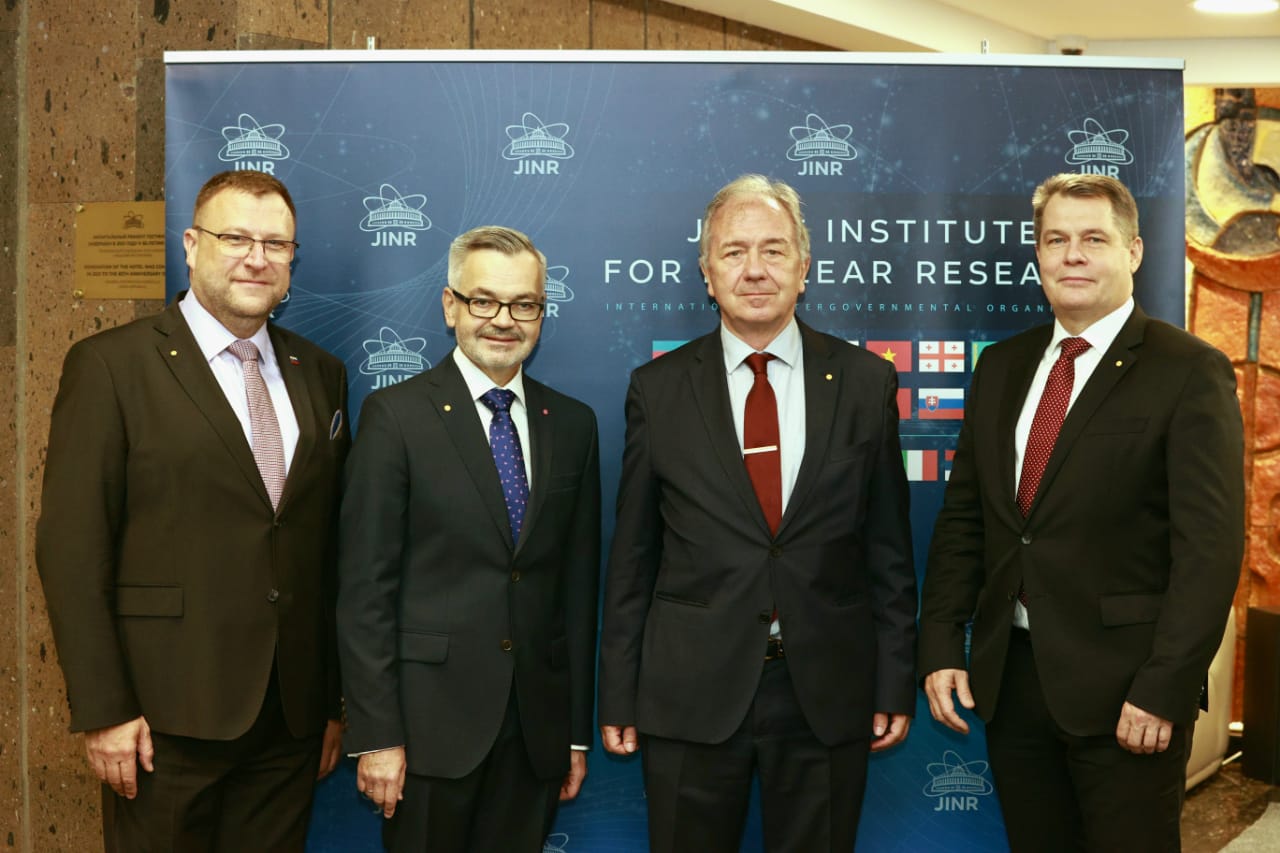Characterization of a mixed high-energy spallation neutron-proton field using monoisotopic activation detectors
Autor
| Závorka Lukáš, Ing. Ph.D. | Fakulta jaderná a fyzikálně inženýrská ČVUT |
| Vrzalová Jitka, Ing. Ph.D. | Ústav jaderné fyziky AV ČR, SÚJV Dubna |
| Zeman Miroslav, Ing. | Fakulta elektrotechniky a komunikačních technologií VUT v Brně, SÚJV Dubna |
| Adam Jindřich, promovaný fyzik CSc. | Fakulta elektrotechniky a komunikačních technologií VUT v Brně |
| Čaloun P. | Ústav jaderné fyziky AV ČR |
| Chudoba Petr, RNDr. Ing. | Ústav jaderné fyziky AV ČR |
| Katovský Karel, Ing. Ph.D. | Fakulta elektrotechniky a komunikačních technologií VUT v Brně |
| Suchopár Martin, Ing. Ph.D. | Ústav jaderné fyziky AV ČR |
| Tichý Pavel, Ing. | Fakulta jaderná a fyzikálně inženýrská ČVUT, SÚJV Dubna |
| Vespalec Radek, Ing. | Fakulta jaderná a fyzikálně inženýrská ČVUT, SÚJV Dubna |
| Wagner Vladimír, RNDr. CSc. | Ústav jaderné fyziky AV ČR |
| et al. | různé instituce |
Rok
2018
Časopis
Nuclear Instruments & Methods in Physics Research Section A, 903, 246-261
Web
Obsah
We used monoisotopic Co, Au, and Bi threshold activation detectors to characterize the high-energy (> 5 MeV) portion of a mixed spallation neutron-proton (n/p) field. The field was produced by irradiating the natural uranium target-blanket subcritical assembly Quinta with 660-MeV protons from Phasotron accelerator at the Joint Institute for Nuclear Research (JINR) in Dubna. Experimental yields of the (n,x) and (p,x) reactions were compared to the calculated reaction rates, which represent the convolution of particle flux and reaction cross section. The flux was simulated using the radiation transport code MCNPX 2.7.0, and the cross sections were extracted from the following three sources: the intranuclear cascade model INCL4.2, the phenomenological spherical optical model from TALYS-1.8, and the evaluated nuclear data file TENDL-2015. We show that, in most cases, the evaluated data provide a closer agreement with the experimental data in comparison with INCL4.2 model, which is an integral part of MCNPX. Our results bring a contribution to those fields of physics research that utilize computer prediction of neutron generation in the energy range of tens to hundreds MeV, such as the medical radioisotope production, radiation shielding of spallation neutron sources, and nuclear transmutation in accelerator-driven systems.
Příklad citace článku:
L. Závorka, J. Vrzalová, M. Zeman, J. Adam, P. Čaloun, P. Chudoba, K. Katovský, M. Suchopár, P. Tichý, R. Vespalec, V. Wagner, . et al., "Characterization of a mixed high-energy spallation neutron-proton field using monoisotopic activation detectors", Nuclear Instruments & Methods in Physics Research Section A, 903, 246-261 (2018)


 MINISTR ŠKOLSTVÍ KE SPOLUPRÁCI ČR S SÚJV
MINISTR ŠKOLSTVÍ KE SPOLUPRÁCI ČR S SÚJV INTEREST JINR, Wave 6
INTEREST JINR, Wave 6 Zemřel profesor Ivo Zvára
Zemřel profesor Ivo Zvára Výzva k podávání žádostí na projekty řešené ve spolupráci s SÚJV (Projekty 3+3)
Výzva k podávání žádostí na projekty řešené ve spolupráci s SÚJV (Projekty 3+3)  Výzva k podávání žádostí na Granty zplnomocněného představitele vlády ČR v SÚJV
Výzva k podávání žádostí na Granty zplnomocněného představitele vlády ČR v SÚJV Velvyslanec ČR v RF navštívil SÚJV
Velvyslanec ČR v RF navštívil SÚJV INTEREST JINR, Wave 5
INTEREST JINR, Wave 5 Ruské vízové centrum
Ruské vízové centrum Pracovní pobyty ČR - SÚJV 2022
Pracovní pobyty ČR - SÚJV 2022